The former Museum of the Confederacy is an exemplary piece of modernism in Richmond, responding to its site and program critically. Now part of the American Civil War Center, the museum was designed in close proximity to the White House of the Confederacy, one of Richmond’s most significant, and infamous, historic buildings. Given its function as a frame for civil war artifacts and information, context is paramount in the design.
The Museum of the Confederacy is built in a style known as Brutalism. The expression is linked with the French term béton brut, meaning exposed concrete. The styles is associated with concrete and glass buildings with bold and irregular massing. This aesthetic proliferated in the 1970s, a poor era for urban planning, and so it is often associated with buildings that are unresponsive to the site and to pedestrians. The Museum of the Confederacy is a good example of a building in the brutalist style that works with the site and the context sensitively.
The material palette is the clearest connection between the two buildings. The Museum of the Confederacy uses a light grey concrete which compliments the stark grey stucco of the White House. Mid afternoon light displays how rich and textured the concrete can be, appearing warmer and more irregular than the neighboring stucco. The plan of the building creates an intimate green space flanked by the two structures. The face of the building directly opposite the White House mirrors its composition of symmetrical, regular bays while the over all massing of the building is an asymmetric ‘L’ which better suits the constrained urban site.
The most dramatic gesture of the modern museum its cantilevered, covered entry which extends towards the corner of the White House. The forced juxtaposition between the structures creates a dissonance that is symbolic of the city’s ongoing reckoning over Civil War and its legacy. Though a modest building, the Museum of the Confederacy attempts to create a critical distance between the Richmond of today and the injury and ignominy of its past.
D.OK.


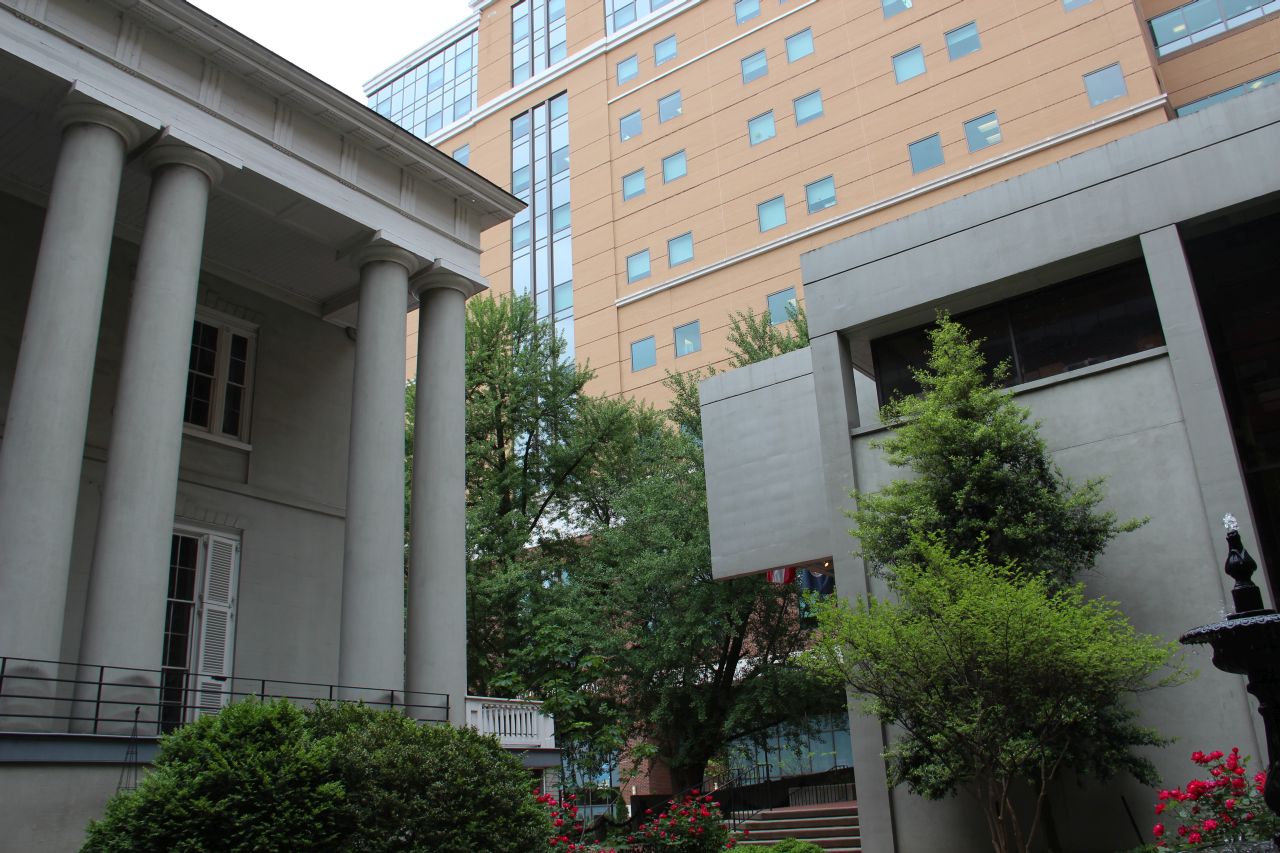


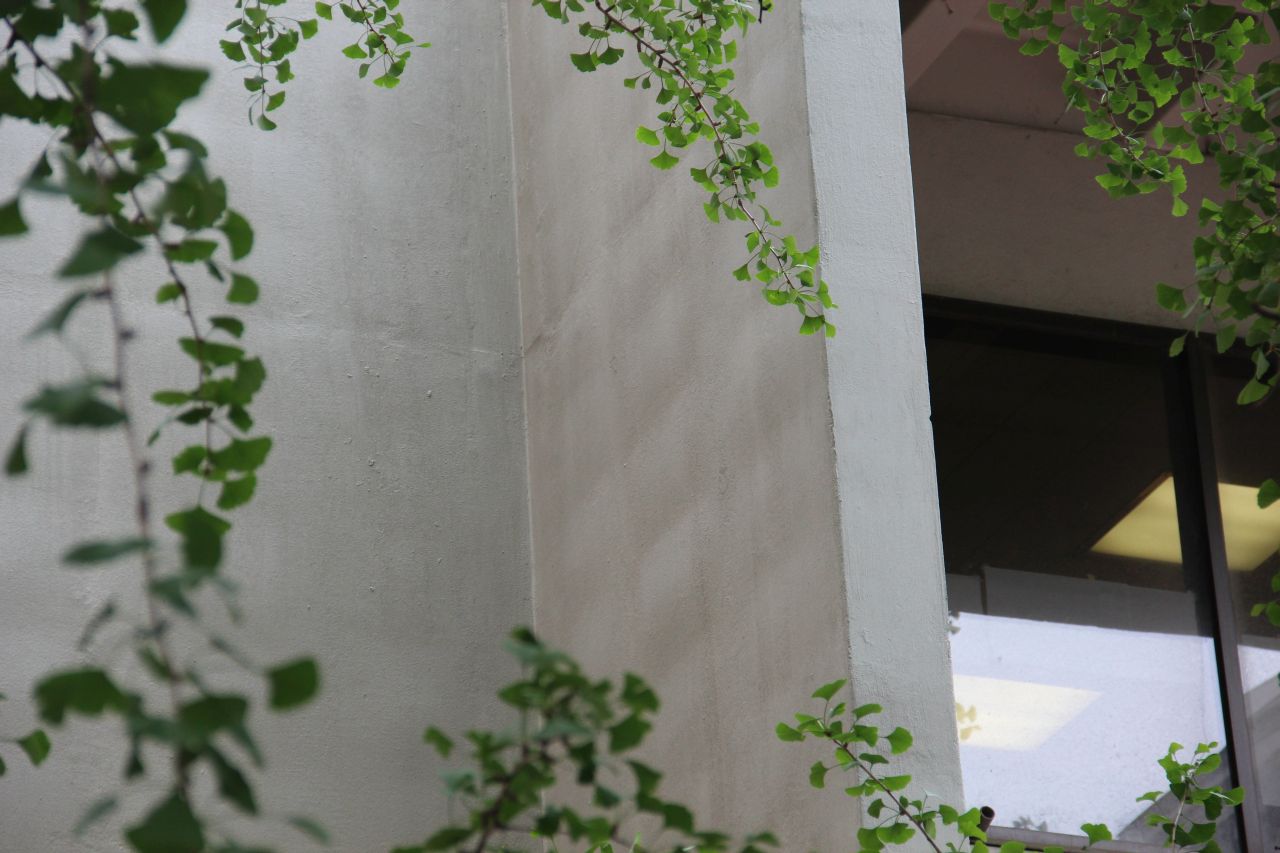
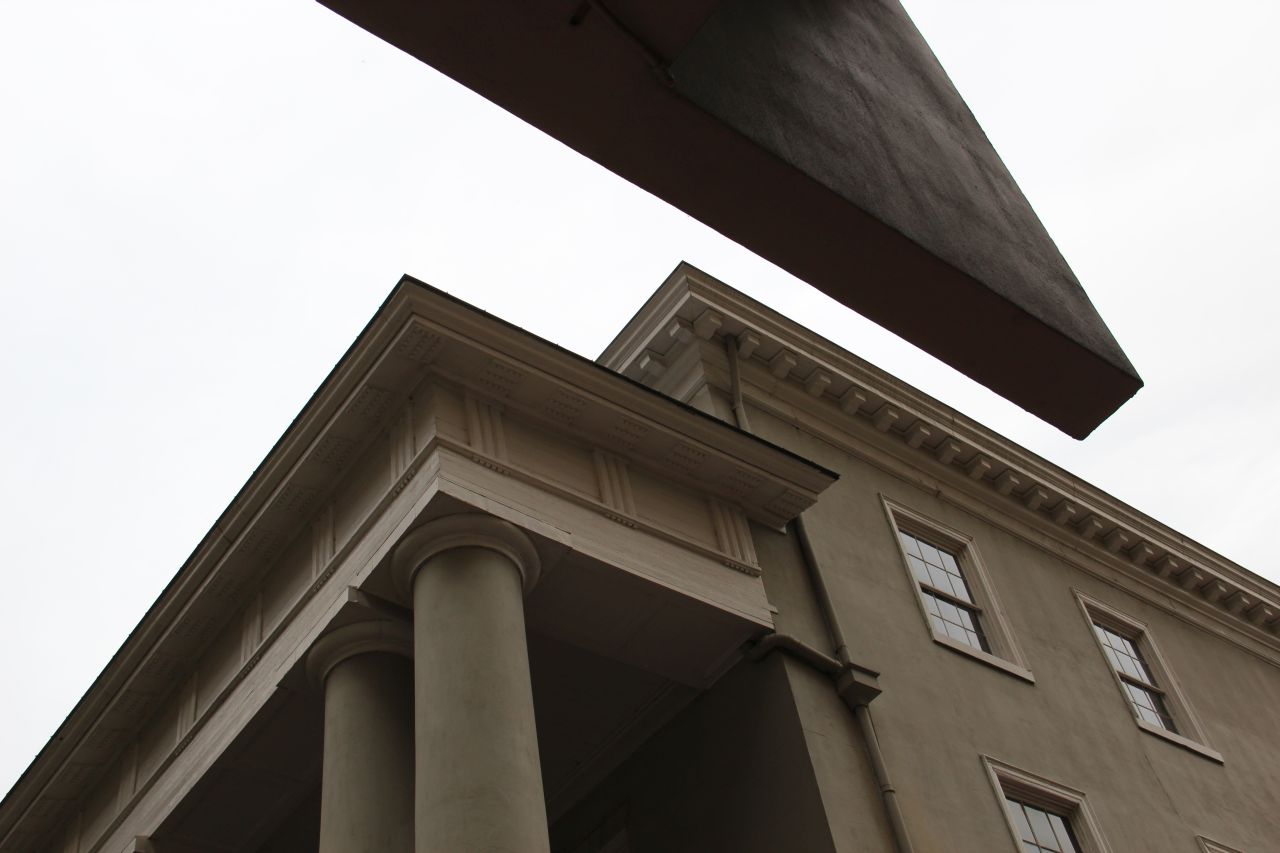
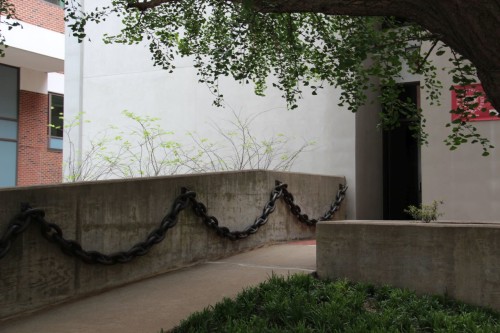
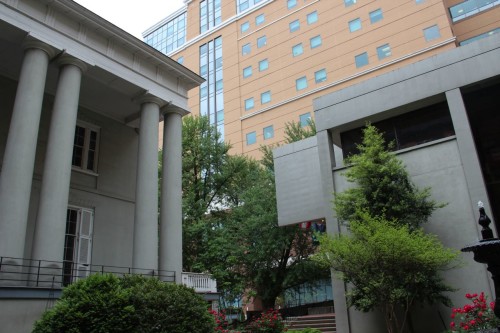

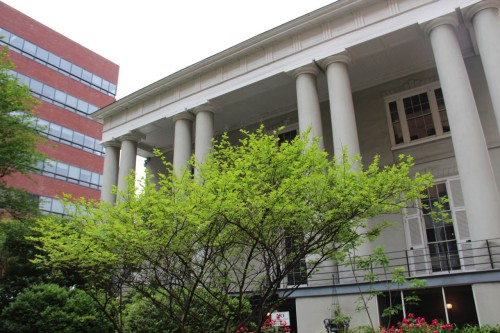
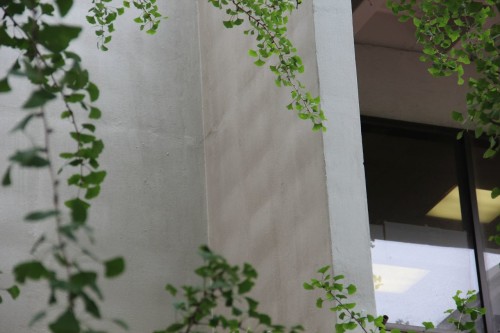
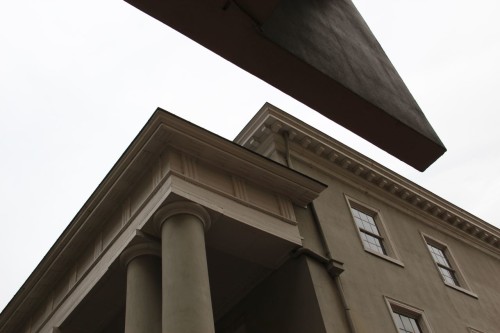
Write a Comment